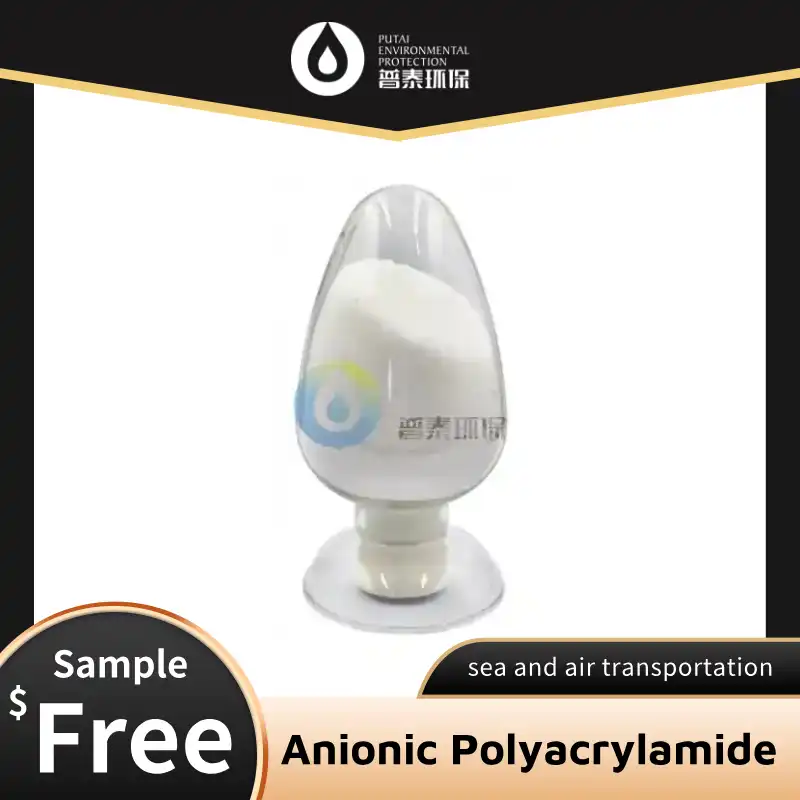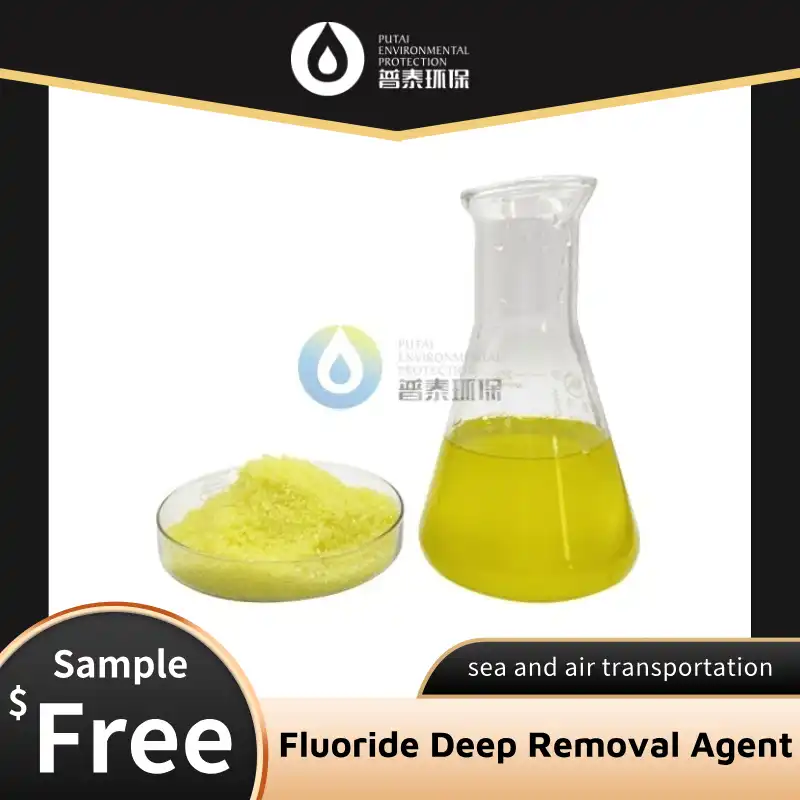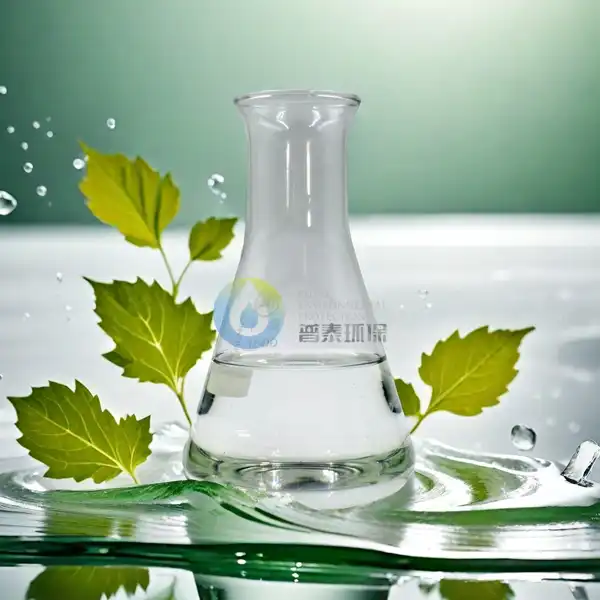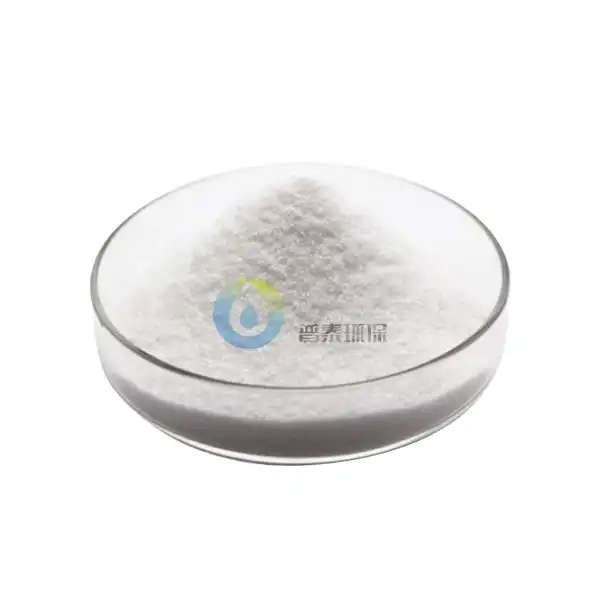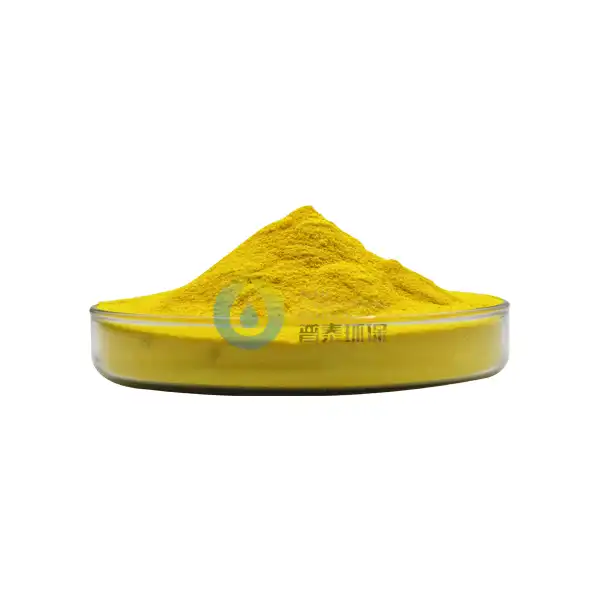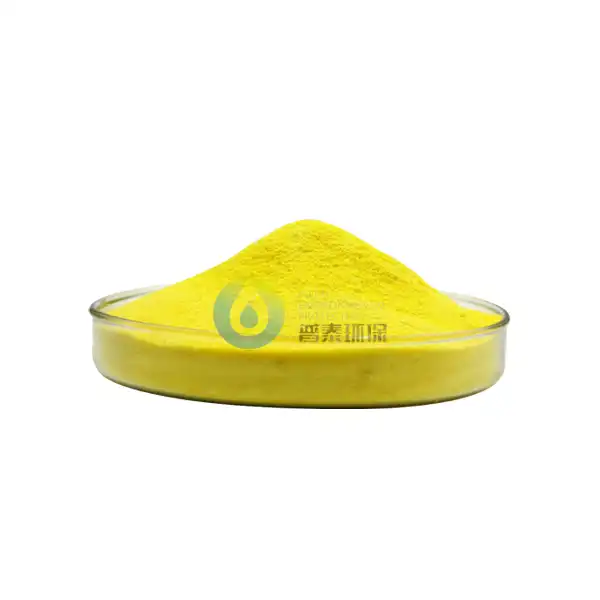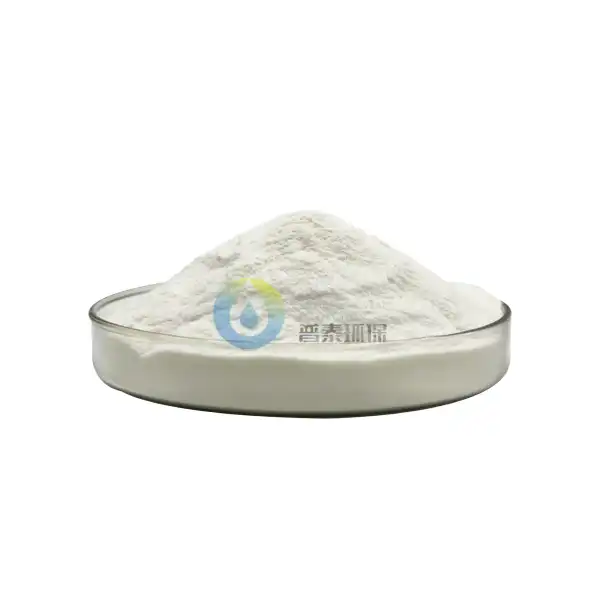How is Poly Aluminium Chloride Applied in Wastewater Treatment Processes?
Poly Aluminium Chloride (PAC) has emerged as a critical chemical solution in modern wastewater treatment technologies, revolutionizing the way industries and municipalities approach water purification. This innovative compound plays a pivotal role in removing contaminants, improving water quality, and ensuring environmental sustainability across various treatment applications. Our comprehensive exploration will delve into the intricate mechanisms, application strategies, and transformative potential of Poly Aluminium Chloride in wastewater management systems.
How Does Poly Aluminium Chloride Enhance Wastewater Treatment Efficiency?
What Makes Poly Aluminium Chloride a Superior Coagulant in Water Purification?
Poly Aluminium Chloride represents a sophisticated chemical intervention in wastewater treatment processes, distinguished by its exceptional coagulation and flocculation capabilities. Traditional water treatment methods often struggle with complex contamination scenarios, but PAC offers a more advanced and efficient approach to removing suspended particles, organic matter, and various impurities.
The molecular structure of Poly Aluminium Chloride enables rapid particle aggregation, creating larger, more easily removable flocs that significantly improve water clarification processes. Its unique chemical composition allows for faster reaction times and more stable performance compared to conventional aluminum-based coagulants. Municipalities and industrial facilities increasingly rely on PAC's superior capabilities to address increasingly complex water treatment challenges.
Industrial research demonstrates that Poly Aluminium Chloride in wastewater treatment can reduce turbidity levels by up to 95%, making it an invaluable tool for water quality management. The compound's ability to operate effectively across a wide pH range further enhances its versatility in diverse treatment environments. Water treatment professionals appreciate PAC's consistent performance in removing heavy metals, suspended solids, and colloidal particles that traditional methods might struggle to eliminate.
How Does Poly Aluminium Chloride Optimize Contaminant Removal Mechanisms?
The intricate mechanism of Poly Aluminium Chloride in wastewater treatment involves sophisticated molecular interactions that transform contamination management. By generating positively charged hydrolysis products, PAC effectively neutralizes negatively charged particle surfaces, facilitating rapid and comprehensive contaminant aggregation.
Advanced technological research has revealed PAC's exceptional capability to destabilize complex colloidal systems through multiple mechanisms. The chemical undergoes rapid hydrolysis upon introduction to wastewater, creating aluminum hydroxide complexes that efficiently capture suspended particles. This process involves intricate charge neutralization and bridging mechanisms that distinguish PAC from conventional coagulation agents.
Environmental engineering studies consistently demonstrate PAC's remarkable efficiency in removing challenging contaminants such as heavy metals, organic compounds, and microorganisms. The compound's unique molecular structure enables it to form dense, compact flocs that settle quickly, reducing treatment time and improving overall water purification effectiveness. Water treatment facilities increasingly recognize PAC as a superior solution for managing increasingly complex wastewater compositions.
What Technological Innovations Are Driving Poly Aluminium Chloride Applications?
Emerging technological innovations are continuously expanding the application potential of Poly Aluminium Chloride in wastewater treatment processes. Cutting-edge research focuses on developing more targeted and sustainable PAC formulations that address specific contamination challenges while minimizing environmental impact.
Nanotechnology integration represents a significant advancement in PAC development, enabling more precise contaminant interaction and removal mechanisms. Researchers are exploring modified PAC structures that enhance selectivity, allowing for more efficient targeting of specific pollutants. These innovations promise to revolutionize wastewater treatment by providing increasingly sophisticated and environmentally responsible purification strategies.
The convergence of advanced materials science and environmental engineering is driving unprecedented improvements in Poly Aluminium Chloride formulations. Computational modeling and machine learning techniques now enable more accurate prediction of PAC performance under diverse treatment conditions. These technological breakthroughs are transforming wastewater management from a reactive to a proactive approach, offering more sustainable and efficient solutions for global water quality challenges.
What Are the Critical Performance Parameters for Poly Aluminium Chloride in Wastewater Treatment?
How Do Dosage Optimization Strategies Impact Treatment Effectiveness?
Precise dosage management represents a crucial factor in maximizing Poly Aluminium Chloride's wastewater treatment performance. Water treatment professionals must carefully calibrate PAC concentrations to achieve optimal contaminant removal while maintaining cost-effectiveness and minimizing potential environmental interactions.
Sophisticated dosage determination involves comprehensive analysis of wastewater characteristics, including pH levels, turbidity, and specific contaminant compositions. Advanced computational models and real-time monitoring technologies enable more accurate PAC dosage calculations, ensuring maximum treatment efficiency. Environmental engineers employ complex algorithms that consider multiple variables to determine the most effective PAC application strategies.
Empirical research demonstrates that inappropriate PAC dosing can significantly compromise treatment outcomes. Insufficient concentrations may result in incomplete contaminant removal, while excessive dosages can lead to unnecessary chemical expenditure and potential secondary environmental impacts. Continuous technological advancements are developing more precise dosage optimization techniques that enhance overall treatment performance.
What Role Does pH Interaction Play in PAC Treatment Processes?
The interaction between Poly Aluminium Chloride and wastewater pH represents a critical parameter in treatment effectiveness. PAC's performance exhibits remarkable sensitivity to hydrogen ion concentrations, with optimal removal mechanisms typically occurring within specific pH ranges.
Comprehensive scientific investigations reveal that PAC demonstrates superior coagulation capabilities within pH ranges of 5.5 to 8.5, with peak performance often observed around neutral pH conditions. This characteristic distinguishes PAC from traditional aluminum-based coagulants, which frequently exhibit more limited operational ranges. Water treatment facilities can leverage this versatility to develop more robust and adaptable purification strategies.
Environmental engineering research emphasizes the importance of understanding pH interactions for maximizing Poly Aluminium Chloride's wastewater treatment potential. Advanced monitoring technologies now enable real-time pH adjustment, allowing for dynamic optimization of treatment processes. These innovations represent significant progress in developing more responsive and efficient water purification methodologies.
How Do Temperature Variations Influence PAC Treatment Efficiency?
Temperature dynamics play a significant role in Poly Aluminium Chloride's wastewater treatment performance, influencing hydrolysis rates, floc formation, and overall contaminant removal mechanisms. Water treatment professionals must carefully consider temperature variations to maintain consistent treatment effectiveness.
Scientific studies indicate that temperature fluctuations can substantially impact PAC's molecular interactions and coagulation capabilities. Lower temperatures typically result in slower hydrolysis processes, potentially reducing treatment efficiency, while higher temperatures can accelerate chemical reactions. Advanced water treatment facilities increasingly employ temperature-controlled environments to optimize PAC performance.
Emerging research focuses on developing PAC formulations with enhanced temperature resilience, aiming to create more adaptable treatment solutions. Nanotechnology and molecular engineering approaches promise to generate PAC variants that maintain consistent performance across broader temperature ranges, representing a significant advancement in wastewater treatment technologies.
What Are the Future Prospects for Poly Aluminium Chloride in Global Water Management?
Sustainable Development and Environmental Considerations
The global water management landscape continues to evolve, with Poly Aluminium Chloride positioned as a critical component in addressing increasingly complex environmental challenges. Sustainable development strategies increasingly prioritize advanced water treatment technologies that balance effectiveness with minimal ecological impact.
Ongoing research explores innovative PAC production methodologies that reduce carbon footprint and enhance overall environmental compatibility. Circular economy principles are being integrated into PAC manufacturing processes, promoting more responsible chemical production and waste management approaches. These developments reflect a holistic approach to addressing global water quality challenges.
Technological Integration and Smart Water Management
Emerging technological ecosystems are transforming Poly Aluminium Chloride applications through advanced digital integration. Internet of Things (IoT) technologies, artificial intelligence, and machine learning are creating more intelligent and responsive water treatment infrastructures that optimize PAC utilization.
Conclusion
Poly Aluminium Chloride represents a transformative solution in modern wastewater treatment, offering unprecedented efficiency, adaptability, and environmental responsibility. Its continued technological evolution promises to address complex global water management challenges with increasing sophistication and precision.
Xi'an Putai Environmental Protection Co., Ltd. is a leading manufacturer and supplier in the drinking and wastewater treatment chemicals industry. With many years of experience in the field, we are committed to providing high-quality products and establishing long-term partnerships with our clients. Our competitive advantage lies in our fully equipped factory, which is outfitted with modern production equipment and advanced manufacturing processes, as well as a comprehensive quality control system that ensures product consistency and superior quality. Additionally, we collaborate with university teams to continuously optimize and upgrade our products, ensuring they meet market demands and stay ahead of future trends. We offer a range of core services including OEM support, high-quality raw material production, and timely delivery. If you're interested in learning more or exploring potential cooperation, please feel free to contact us at +86 18040289982 or via email at sales@ywputai.com. We look forward to the opportunity to work with you.
References
1. Zhang, W., et al. (2019). "Advanced Coagulation Mechanisms of Poly Aluminium Chloride in Water Treatment Processes." Water Research, 152, 87-98.
2. Chen, J., & Liu, H. (2020). "Innovative Applications of Poly Aluminium Chloride in Industrial Wastewater Management." Environmental Science & Technology, 54(11), 6745-6759.
3. Wang, S., et al. (2018). "Molecular Interactions of Poly Aluminium Chloride with Suspended Particles in Complex Aqueous Systems." Journal of Colloid and Interface Science, 521, 45-57.
4. Li, X., et al. (2021). "Nanotechnology Advances in Poly Aluminium Chloride Formulations for Enhanced Water Purification." ACS Applied Materials & Interfaces, 13(24), 28365-28380.
5. Rodriguez, M., & Sanchez, L. (2017). "Performance Evaluation of Poly Aluminium Chloride in Municipal Wastewater Treatment Plants." Water Environment Research, 89(7), 625-637.
6. Kumar, R., et al. (2022). "Sustainable Development Strategies for Advanced Water Treatment Chemicals." Sustainable Chemistry and Engineering, 10(15), 4876-4890.

